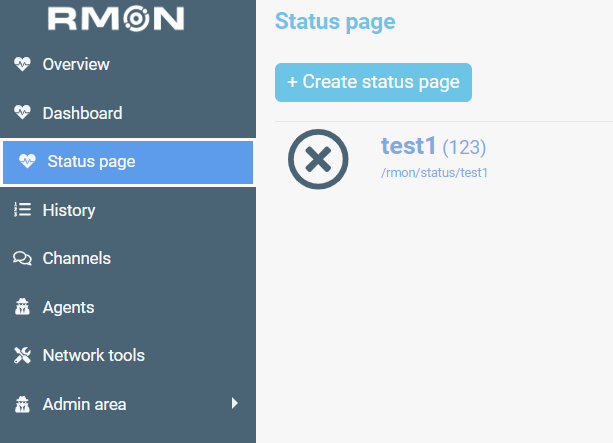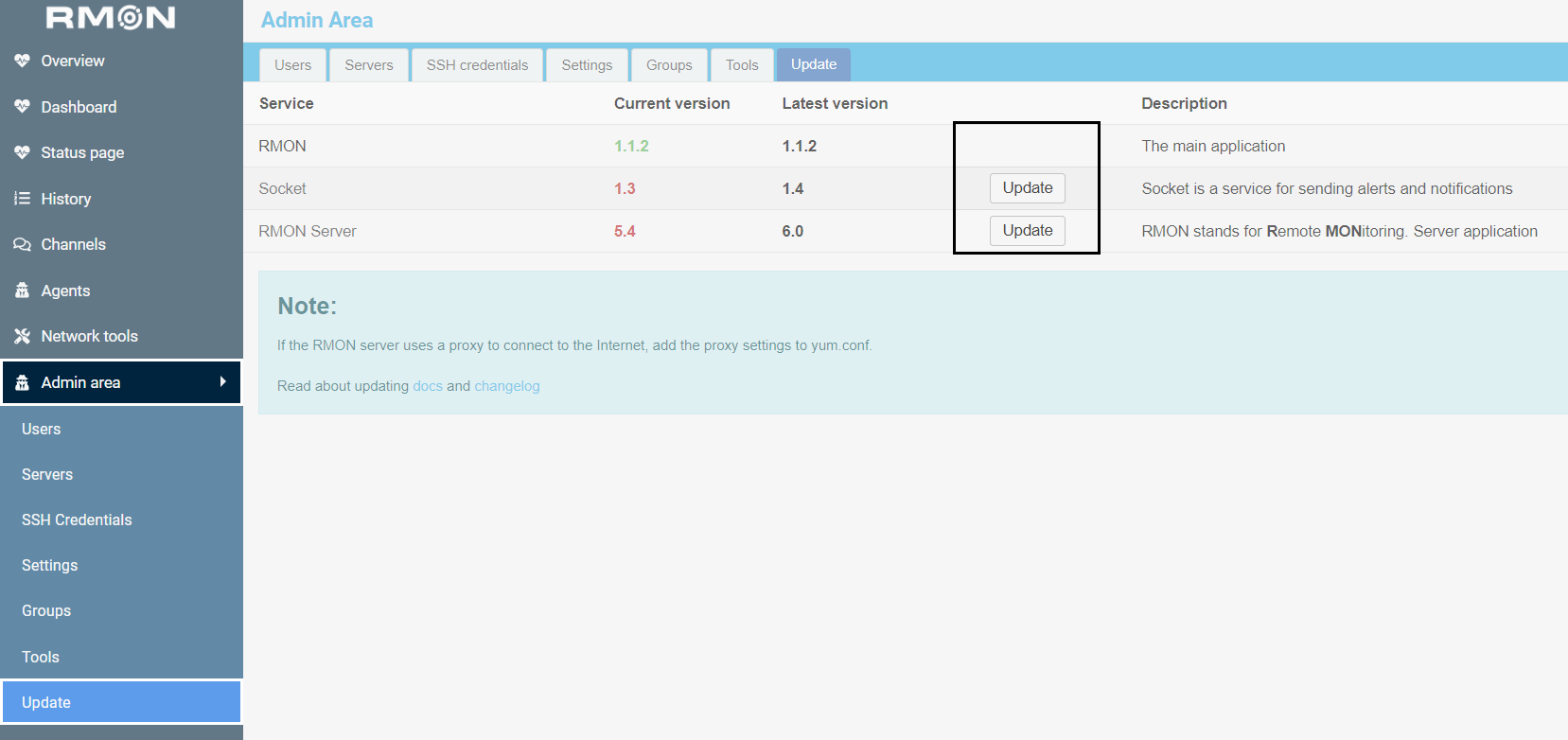Simple monitoring network ports service description
RMON enables you to check the availability of your services, measure application response times, perform various types of checks, receive notifications regarding SSL certificate statuses, etc. You can install RMON on multiple servers, and agents will retrieve checks from the first responding server, sending results sequentially to the first accepting server.
Read more about Agents here.
You can also configure the storage of Checks metrics in VictoriaMetrics and display them in RMON. Read more about using VictoriaMetrics with RMON here.
RMON features
RMON performs the following functions:
- Checking ping availability
- Checking DNS records availability
- Checking SMTP service availability
- Checking RabbitMQ service availability
- Checking the availability of TCP and UDP ports
- Checking HTTP status codes
- Checking the BODY of HTTP(S) responses
- Checking the CSL expiration date
- Sending notifications via Telegram, Slack, PagerDuty, Mattermost, and Email
- Real-time alerting via RMON
- Checking network connectivity
- Providing information on response time
- Providing information on server uptime and downtime
- Storing alarm history
- Storing event history for each host
- Status pages
- RMON Agents
- Collecting metrics in VictoriaMetrics
Dashboard
You can find the RMON service in the Dashboard section.
Viewing RMON history
You can find events detected by the RMON service in the History section. This page includes the following information:
- The logging level
- The DNS name or IP address of the host
- The port number on which the event occurred
- A brief description of the event
- The date and time of event detection
You can view the history for all hosts or for a specific host. To view the event history for a specific host, type the host name or IP address in the "Search" field in the upper right corner, or click on the host's name in the list.
Create and view status pages
The status page allows you to collect checks of your choice and share them with your colleagues, clients, or monitoring team. Once you create a page and send them the link, they will be able to monitor the status of the services.
To create a new status page, click Create status page and fill out the settings in the dialog box as desired.
Installation
Run the following command to install RMON:
- On Centos:
- sudo yum install rmon-server
- On Ubuntu:
- sudo apt update
- sudo apt install rmon-server
All information about RPM packages can be found here.
Updating
Run the following command to update RMON:
- On Centos:
- sudo yum update rmon-server
- On Ubuntu:
- sudo apt update
- sudo apt install rmon-server
Another way to update it is through the RMON interface. Go to the Admin area => Update section and click Update.



